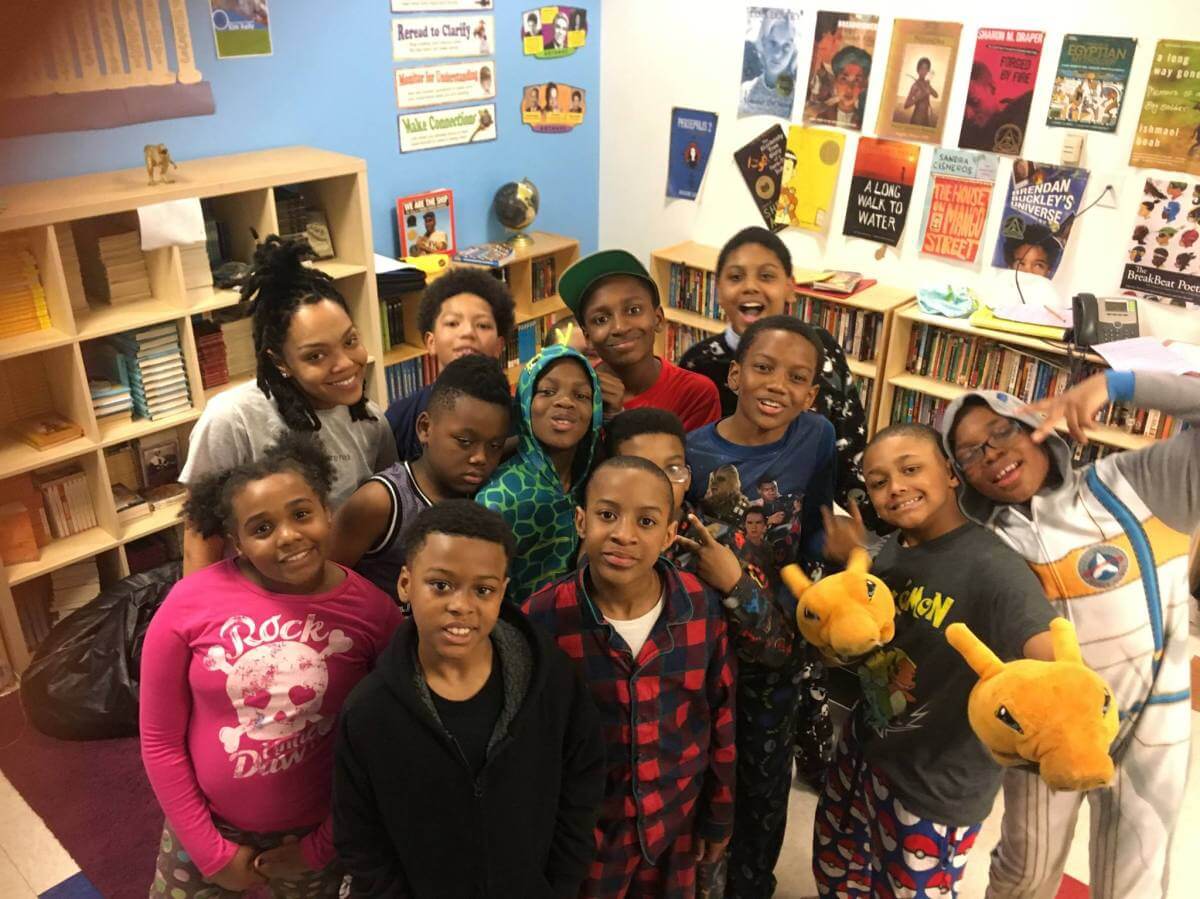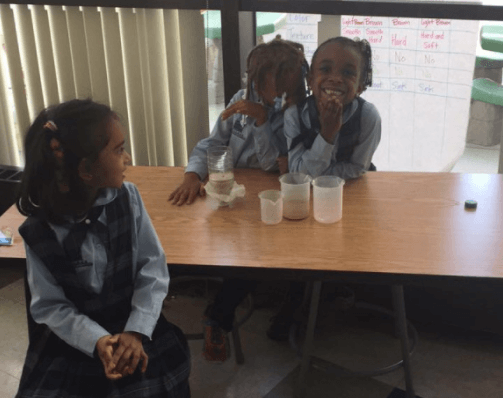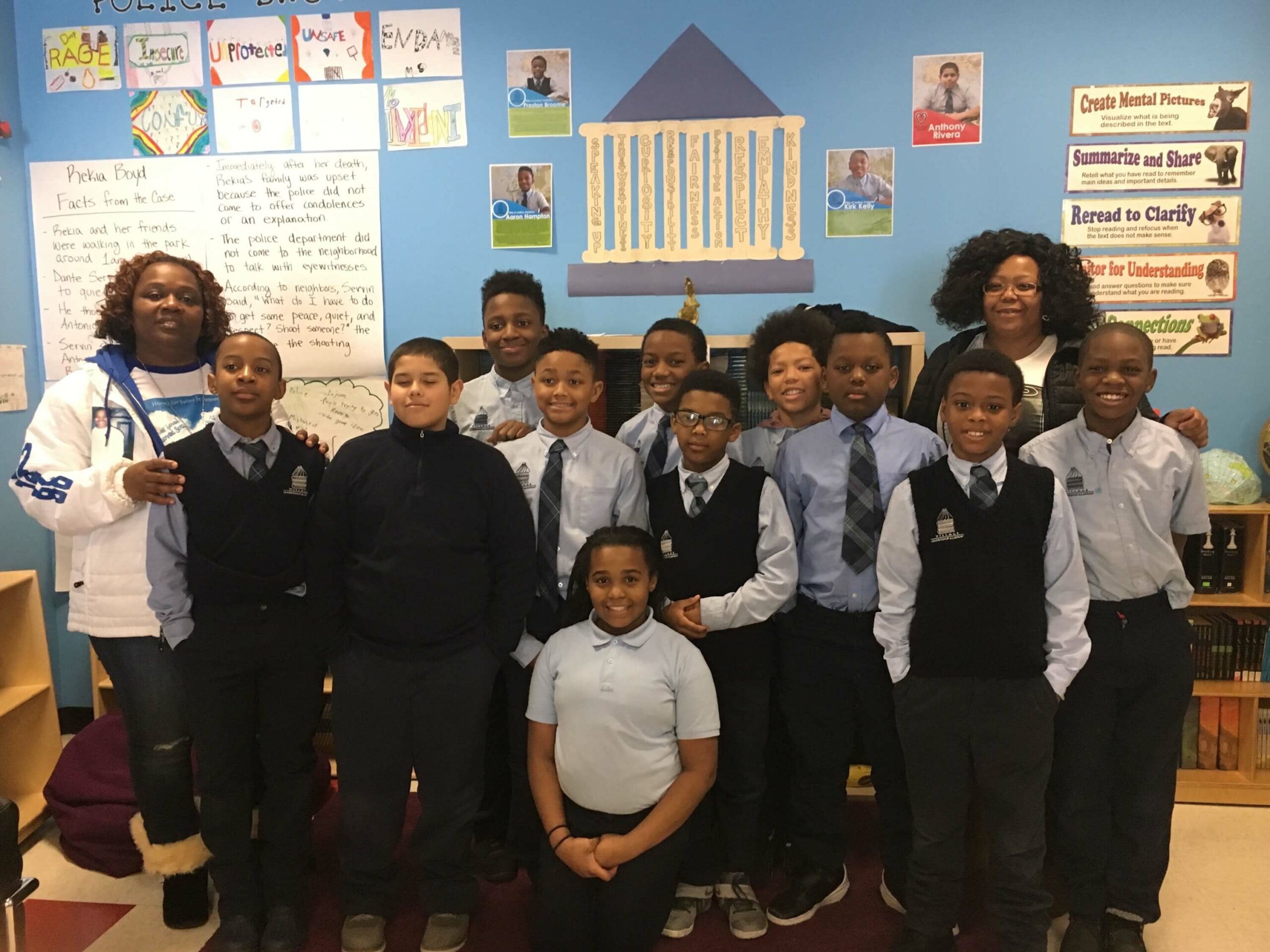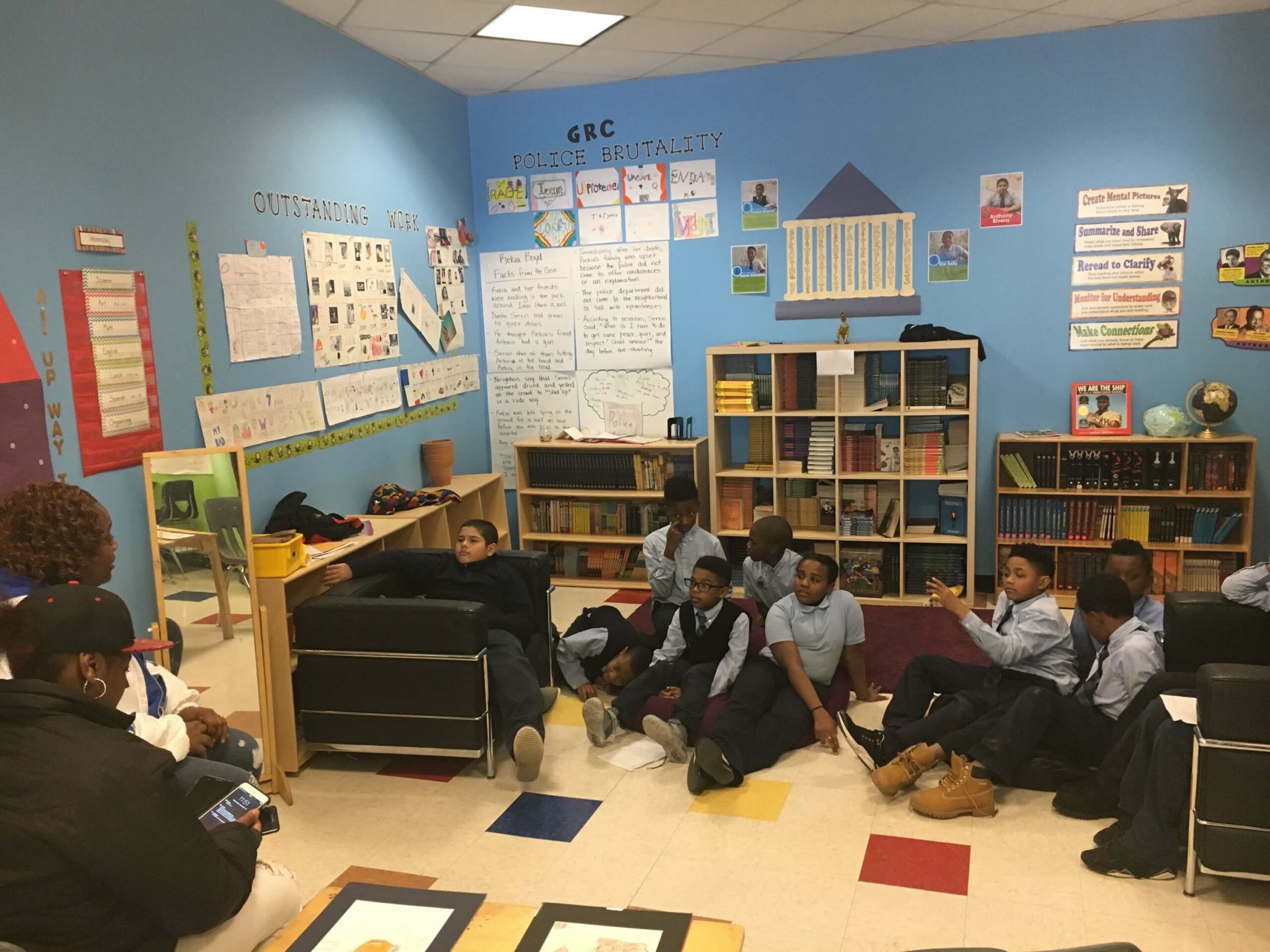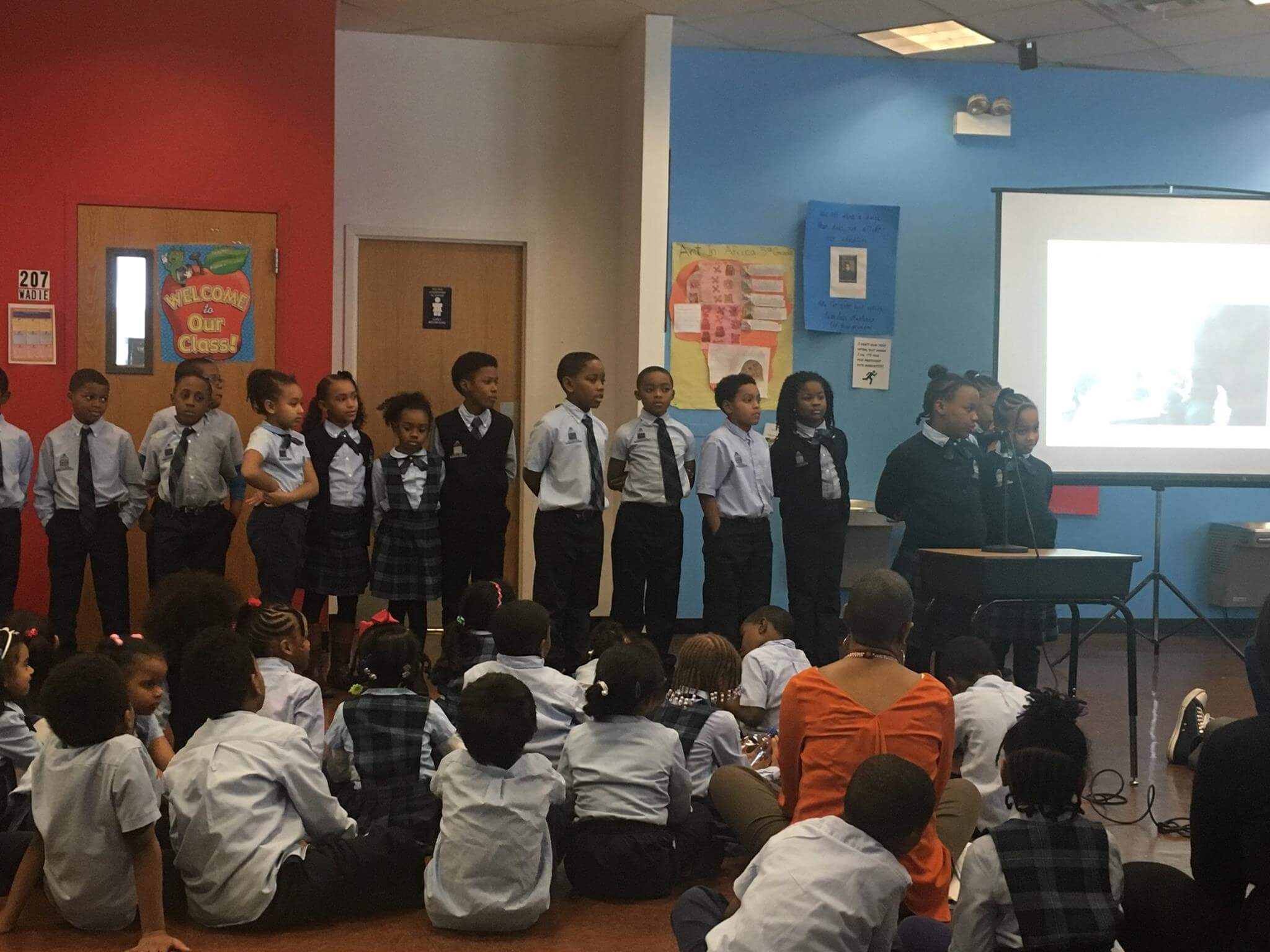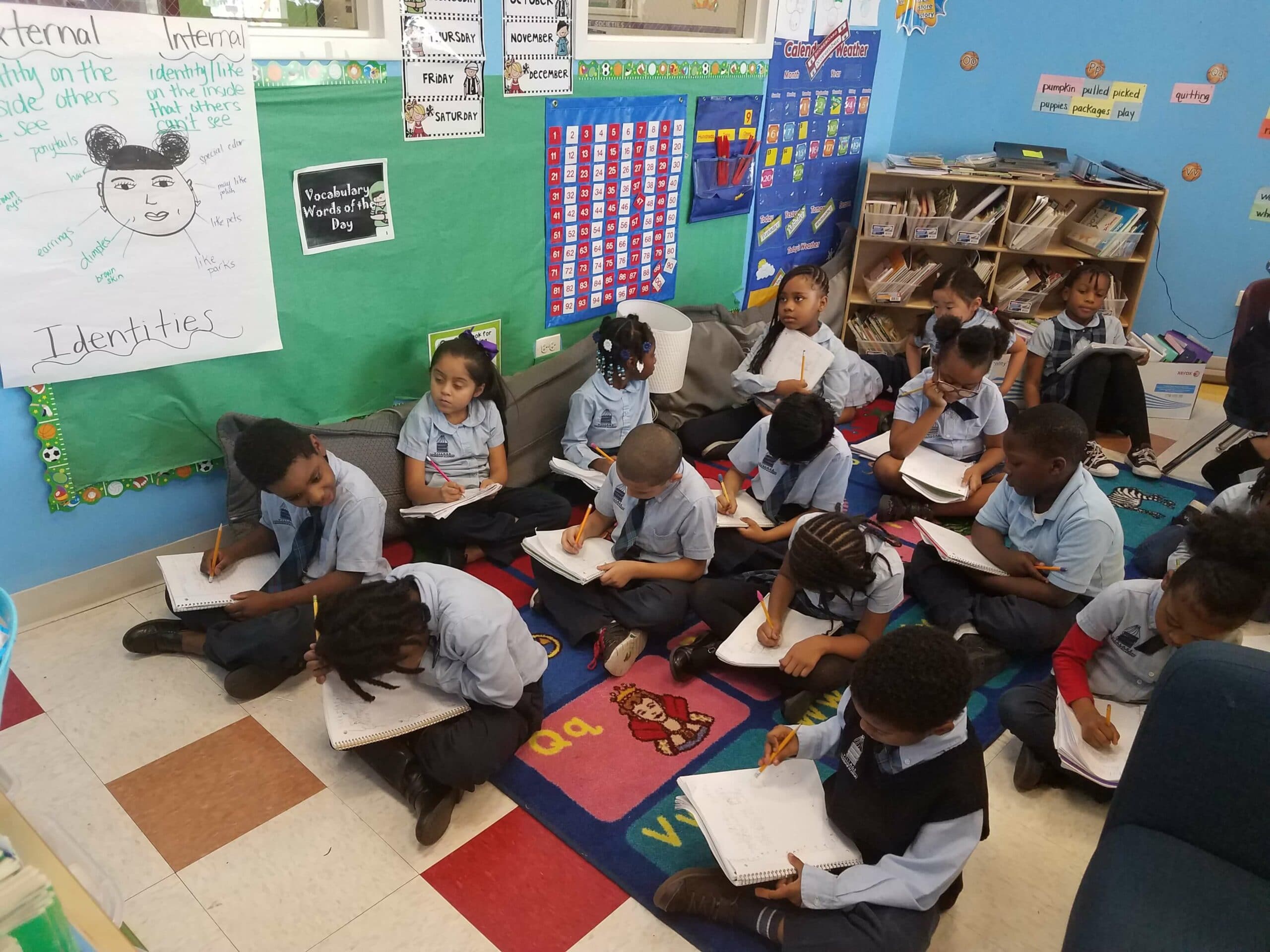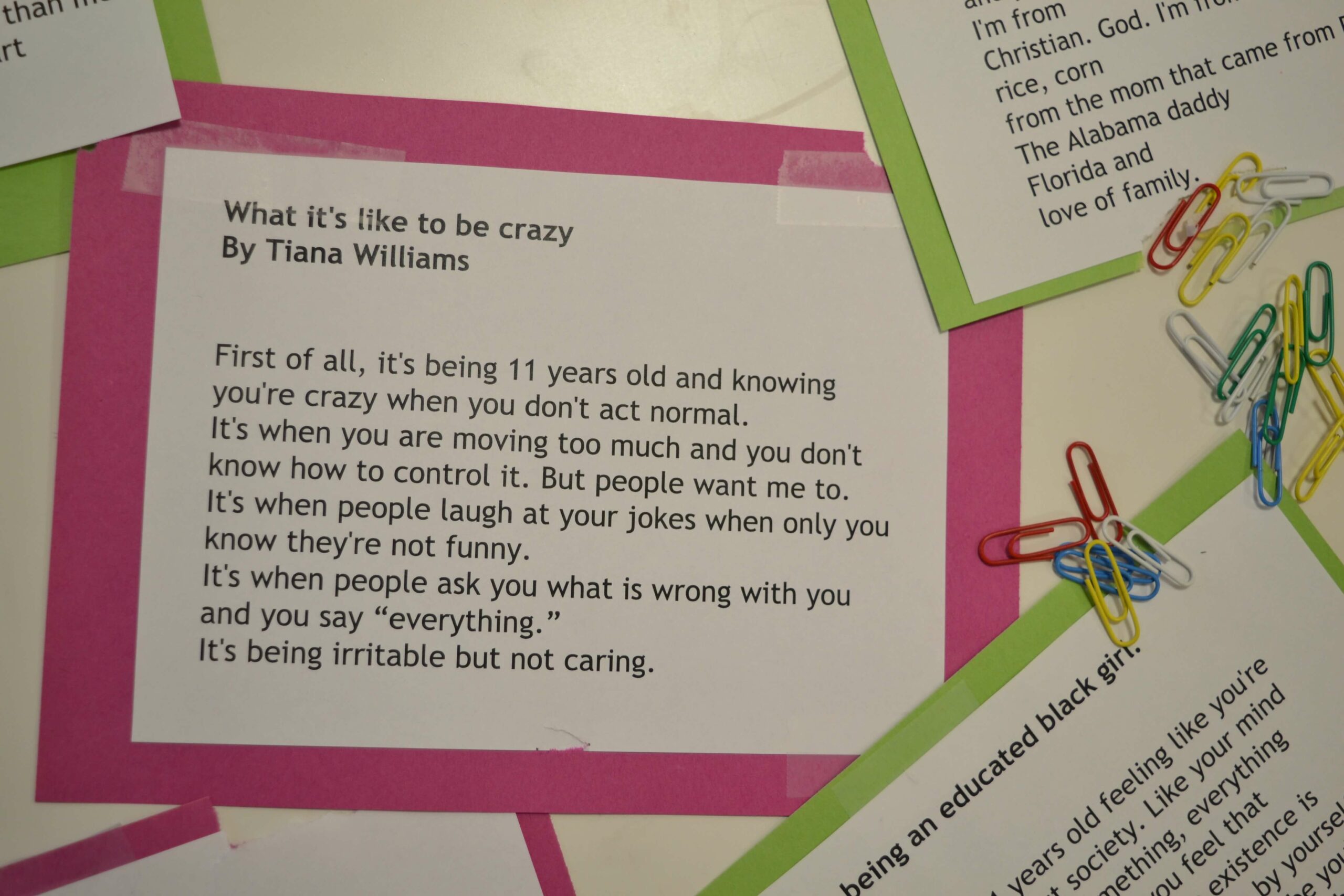Blog
WSP 2015: “The Panama Canal: A Channel of History”
By: VLA Teacher, Hilens Zelaya

We were immediately warmed to see the colorful sign they had made to welcome our VLA family.
On our first full day in Panama, we traveled to the Panama Canal—an international waterway that connects the Atlantic Ocean with the Pacific Ocean. We were enthusiastic to see what the canal looked like up close.
VLA students had studied extensively about the canal, learning the important cultural and historical contributions of Afro-Panamanians of West Indian (i.e. African) descent who built the canal under oppressive conditions, and were ecstatic to finally see the mammoth structure with their very own eyes. As we climbed the steps, the anticipation grew not only within the students, but also within the adults.
This was a great collective moment! As we reached the top, a wonderful tour guide greeted us and provided a thorough history of the Panama Canal. It was truly amazing to see the students engaged in critical conversations about the canal and to witness them sharing their knowledge of its history. They were able to answer questions and pose thought-provoking inquiries as well.
We were given the opportunity to tour both sides of the canal locks. First, we went to the Gatun Locks located in the port of Colón—a region rich with Afro-Panamanian history. We were all amazed by the locks’ mechanics. We watched with awe as the locks filled up to let a very large ship through. Although the port didn’t provide major scenic views, we were genuinely welcomed by the people there and learned a great deal of information.
After the ship passed, we left the port of Colón and proceeded to take a bus ride to the Miraflores Locks located in Panama City. We were simultaneously amazed by the technological advancements and disturbed by the major disparities we saw between the two ports.
Unlike the port of Colón, the port at Panama City had a massive viewing area, a café, a 3-D movie theater, and a huge museum where people could learn all about the Panama Canal. Visiting both locks provided impetus for students to initiate discussions and engage in critical conversations around the socioeconomic differences tied to the history of each port.
They were aware that Miraflores received heavy funding while Gatun Locks, which is located in Colón, does not receive much government funding. The mature analyses of the students and the overall level of high interest really impressed me. It was beyond inspiring to listen to students posit claims and make connections between the racial histories of the regions, their economies, and the current disparities present between the regions.
Going to the Panama Canal was by far the best way to begin our journey because it provided a necessary racial and cultural history and socioeconomic context for analysis that would underpin our learning adventures in Panama—a true channel of history. We couldn’t wait to see what the rest of the week had in store for us!

“Ms. Zelaya, can you believe this?! After studying about the Panama Canal and learning all that our brains could learn, we are finally standing right in front of it! It’s like right in front of my face! And I get to see the locks fill up with water and the ship go through! I am so happy that we are finally here! I feel so lucky!”
– Khalaya Coleman 2nd Grade

Enroll Now
Discover a partner in the future of your child. Enroll your scholar for the 2021-2022 school year today!
